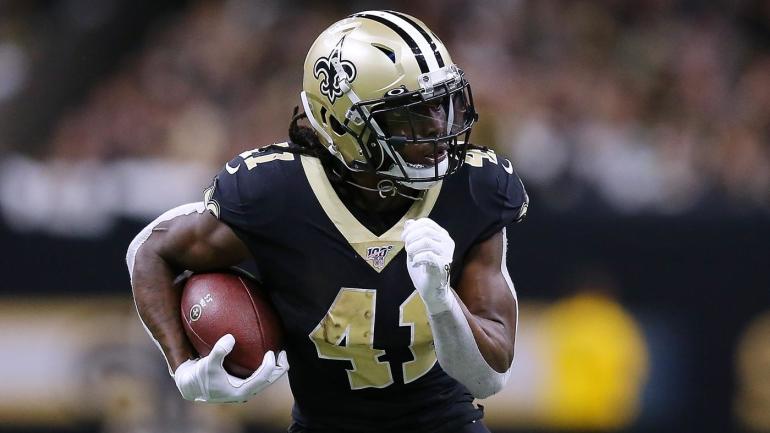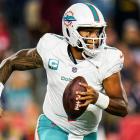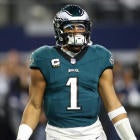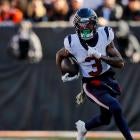
The 2021 NFL season may barely be in the books, but Dave Richard is already getting a jump on his 2022 preparation by highlighting at least one key statistic to know for each NFL team that had a major bearing on their 2021 performance and could mean a great deal for their 2022 outlook. In this space, Dave dives into the New Orleans Saints.
More Early Prep (AFC): BAL | BUF | CIN | CLE | DEN | DET | GB | LAR | MIN | SEA | NYG | WAS | PHI | NO
More Early Prep (NFC): ARI | ATL | CAR | CHI | DAL | HOU | IND | JAC | KC | LAC | LV | MIA | NE | NYJ
New Orleans Saints stats to know
Not having Sean Payton's clever and creative input figures to hamper the Saints, but it's not like elevated play caller Pete Carmichael is gonna be standing cluelessly on the sideline each week. Carmichael was Payton's confidant for the past 13 seasons and figures to at minimum have a thorough understanding of how the Saints offense preps and operates from game to game.
I wouldn't expect the Saints offense to change dramatically. And you might think otherwise, but they've been quite run-friendly over the past few years.
- 2021 pass-run ratio: 52-48
- 2020 pass-run ratio: 53-47
- 2019 pass-run ratio: 60-40
- 2018 pass-run ratio: 53-47
That's fine for Alvin Kamara, who averaged 102.8 total yards per game last year, his third in five seasons with a triple-digit mean. He also blew away his career-high with 18.5 carries per game. That part stings a little bit given how prolific he was as a pass-catcher. You shouldn't be surprised to learn Kamara registered a career-low 5.2 targets per game in 2021.
The passing game is where my focus for the Saints is right now. We know they prefer to be balanced and it's clear from looking back at 2021 that, like pretty much every team, they were willing to throw more when they were losing than when they were winning (32.3 pass attempts per game in their losses, 27.3 in their wins). But unless they reel in a big fish to play quarterback, we'll probably see a balanced approach preferred.
With that in mind, here's where the ball went depending on who was playing quarterback.
Jameis Winston
- 28.8% of targets to RBs, 51% of targets to WRs, 17.6% of targets to TEs, 2.6% of targets to Taysom Hill
Trevor Siemian
- 20.6% of targets to RBs, 59.4% of targets to WRs, 18.9% of targets to TEs, 0% of targets to Taysom Hill
Taysom Hill
- 20.5% of targets to RBs, 61.4% of targets to WRs, 18.1% of targets to TEs
The target percentages for Hill aren't surprising. We know the Saints are happy trusting Hill to use his legs plenty, and that's reflected in the passing rates to his running backs and tight ends. If Hill winds up as the Saints' Week 1 starter, you know what to expect.
What's less certain is why Siemian was closer to Hill's target percentages than Winston's. It wasn't that Winston was more careful -- he had a bigger average throw depth and a larger percentage of his throws go 20-plus yards downfield. He even had more time to throw by an average of 0.33 seconds.
It might have simply come down to Winston being coached up to lean on his running backs. Before 2021, Winston and Siemian targeted their running backs at the same rate: 16.9%. Winston adjusted, Siemian not so much.
Kamara was on-pace for 90 targets and 68 catches through Winston's first six starts. I wouldn't even count on that if Winston was back in 2022 simply because Michael Thomas should command more targets to tick up the receiver target rate. This doesn't make Kamara a scary draft pick but it does keep him out of the top-5 running back conversation, and it keeps Thomas from being wedged into a top-20 wideout spot since the Saints are more OK than ever being a balanced offense.

















